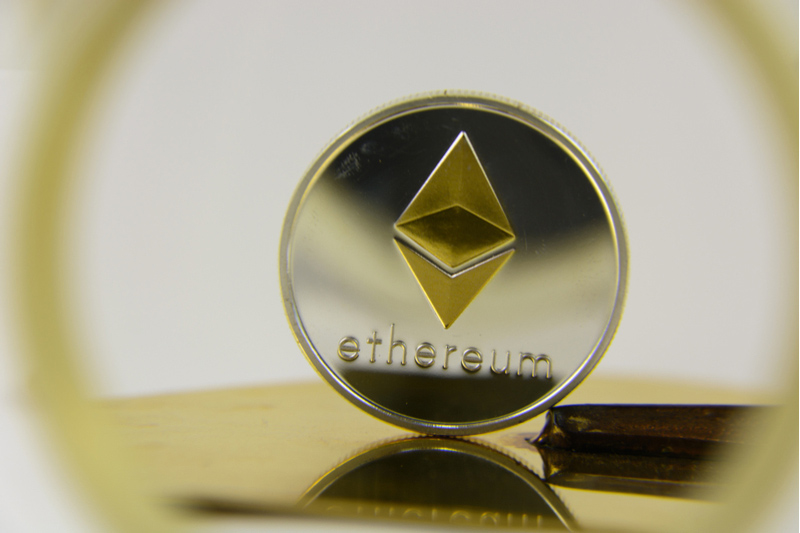Oil prices push higher amid worries over Russian supply disruptions
Coin Edition -
- Ethereum founder Vitalik Buterin proposes Single-Slot Finality and Rollup Preconfirmations to speed up transactions.
- Ethereum’s current 5-20 second confirmation time is a significant improvement, but Buterin sees potential for further optimization.
- Ethereum explores various architectural designs to enhance scalability without compromising decentralization or security.
Ethereum co-founder Vitalik Buterin is pushing for faster transaction speeds on the blockchain, outlining several potential solutions to enhance the network’s scalability and user experience.
Despite recent improvements: notably, Ethereum’s current 5-20 second confirmation window, comparable to credit card transactions, Buterin believes Ethereum can achieve faster transaction confirmations through innovations like Single-Slot Finality and Rollup Preconfirmations.
Epochs and slots all the way down: ways to give Ethereum users faster transaction confirmation timeshttps://t.co/lfCXrFm6A1— vitalik.eth (@VitalikButerin) June 30, 2024
This focus on speed comes as Ethereum faces increasing competition from rival blockchains and seeks to maintain its position as a leading platform for dApps.
A key focus for Ethereum’s improvement is its epoch and slot architecture. Currently, Ethereum uses a Gasper consensus mechanism where validators vote on the blockchain’s state every 12 seconds in slots and epochs. This mechanism, while effective, faces criticism for its complexity and 12.8-minute finality time, which users find cumbersome.
To address these issues, Ethereum is exploring alternatives like Single-Slot Finality (SSF), inspired by Tendermint consensus but adapted for Ethereum. SSF aims for faster block finality by ensuring each new block is finalized before the next is proposed, significantly reducing transaction confirmation times.
Implementing SSF effectively requires overcoming technical challenges, such as managing the increased load on the blockchain due to frequent validator messages.
Another approach gaining traction is Rollup Preconfirmations, which delegate transaction confirmations to Layer 2 protocols like rollups. These protocols utilize Ethereum’s security while processing transactions at a larger scale and faster speed.
This division of labor between Layer 1 and Layer 2 allows Ethereum’s base layer to focus on core functions like censorship resistance and stability, while L2 solutions handle faster transaction processing.
A newer concept, based on Preconfirmations, proposes a standardized protocol where users pay an additional fee for immediate transaction guarantees from sophisticated Ethereum proposers. This ensures transactions are included in the next block, enhancing security and reliability for both Layer 1 and Layer 2 transactions.
Looking ahead, Ethereum is exploring various designs to optimize transaction speeds without sacrificing decentralization or security. Innovations like Orbit SSF and ongoing research into blockchain scalability through mechanisms like BLS aggregation and ZK-STARKs offer promising paths for further enhancement.
The post Can Ethereum Transactions Get Faster? Vitalik Buterin Thinks So appeared first on Coin Edition.
